Royal Motherhood: Three Generations of Change
from Elizabeth to Diana to Kate, changing expectations + mounting pressure on royal mothers
Before you start reading…I have an announcement! My YouTube channel is finally up and running with (gasp!) long-form content! I've adapted this very newsletter into a video essay that brings bonus commentary to the conversation. I also discuss my content shift as the TikTok ban looms over us all.
Head to YouTube (@mattaoffact) to catch the audio/video version of “Royal Motherhood: Three Generations of Change.”
And while you're there, don't forget to subscribe—I plan to release new royal analysis videos every week that go beyond the headlines and explore the history, tradition, and evolution of the British monarchy! This won’t affect the output here on Substack at all, and don’t forget: you also have weekly episodes of Off With Their Headlines to look forward to this year!
In a quiet revelation that sparked headlines last week, sources close to the Princess of Wales have disclosed that 2025 will mark a profound shift in her royal role. After a year that opened with abdominal surgery and closed with completing chemotherapy, I’m sure that Kate has found her strength and resilience tested in ways that us commoners can only imagine. Juggling cancer treatment on top of a desire to be present for three young children would be a challenge for anyone, but Kate is also Britain’s future queen—one who has continually expressed a desire to…pace herself, shall we say, when it comes to her public duties.
I covered the talking points that are circulating about Kate’s workload in a video last week:
This reporting (by Rebecca English for the Daily Mail) suggests that the Princess “simply won’t be going back to work in the same way as before.” But today, I want to focus on the reason for Kate’s scaled-back schedule for 2025: prioritizing her children. At the heart of this decision lie Prince George, navigating the crucial “pre-teen-while-also-heir-to-the-throne” years; Princess Charlotte, blossoming into her role within the family; and Prince Louis, whose playful nature is already capturing attention.
Kate’s decision to face down 2025 with a reduced schedule of public duties is more than just a personal turning point. Her role at the nucleus of the British Monarchy means that it also signals a major evolution in the delicate balance between public royal service and private home life. For an institution steeped in tradition (where duty has historically trumped personal needs) this shift carries profound implications.
But Kate’s struggles as a mother within a firm aren’t new. She is just the latest chapter in a multi-generation story of royal motherhood, with different pressures, expectations, and cultural shifts shaping each era.
From Queen Elizabeth II’s “duty-first” approach to Princess Diana’s revolutionary, hands-on parenting style, and now to Princess Kate’s modern tightrope act, let’s explore how three generations of royal mothers have each navigated the choppy waters of public scrutiny, making decisions that would influence not only their children’s lives…but also the future of the monarchy itself.
Queen Elizabeth II: Setting the Precedent
Elizabeth Mountbatten-Windsor was the first working mother monarch, revolutionizing royal parenting for the modern era. Her unprecedented position meant charting unfamiliar territory—balancing the centuries-old expectations of a patriarchal monarchy with the demands of raising four children. Not to mention the growing media spotlight of the 20th century with which she had to contend.
Still, Elizabeth was not above criticism of her parenting choices—such as her decision to embark on lengthy royal tours without her young children. King Charles, in particular, has painted a picture of a loving mother who was nonetheless physically and emotionally distant during his formative years. In his authorized biography by Jonathan Dimbleby, Charles described a childhood where nannies and staff provided most of his day-to-day care, while his mother attended to affairs of state.
Princess Anne, too, remembers a caring mother and has highlighted how Elizabeth made deliberate efforts to create private family moments away from the public eye. Summer holidays at Balmoral offered precious occasions for Elizabeth to set aside formal duties and engage more freely with her children. Overall, there’s a sense of understanding and appreciation for the unique challenges faced by their mother among Elizabeth’s children.
Elizabeth’s choices during her reign essentially wrote the rulebook for modern royal motherhood—and that rulebook came with some heavy costs for her family. Yes, her unwavering dedication to duty helped to steer the monarchy through the 20th century. But that same dedication meant her children (especially Charles, poor lad) often took a backseat to the demands of the Crown.
Even when Elizabeth carved out precious private moments with her family, they were always squeezed between the endless obligations of being Queen. As secluded as a family holiday to Balmoral sounds, there would have always been a ticking clock counting down the minutes before the next official engagement. That trade-off will echo through the generations, influencing how each of the late Queen’s successors approaches the delicate dance between royal duty and family life.
Princess Diana: Rewriting the Royal Mother Role
Diana is celebrated for her habit of breaking with royal tradition, and her hands-on parenting style is among her highest attributes. While the palace establishment (the “men in grey”) raised eyebrows at her unconventional choices, the public embraced this new vision of royal motherhood, where school runs and trips to theme parks took precedence over protocol and pageantry.
Diana was already pushing boundaries when Prince William was born in June 1982. She became the first royal to give birth in a hospital rather than at home. It might not sound revolutionary now, but trust me—this was huge. She chose the Lindo Wing at St. Mary’s Hospital—a decision that would, of course, set a precedent for future royal births. Harry’s arrival in September 1984 further cemented Diana’s reputation for doing things her way.
Despite immense pressure to maintain a carefully curated public image, Diana spoke openly about post-partum depression and the challenges of adapting to motherhood in the royal fishbowl. It was this rawness, this willingness to acknowledge the less picture-perfect aspects of parenting, that would become a hallmark of her maternal style. Here was a royal who actually talked about the tough stuff: her post-partum depression, the overwhelming pressures of being a new mom, all of it.
The Princess’s determination to give William and Harry a taste of normal life became legendary. She insisted on taking William to his first day at nursery school herself (rather than leaving the job to nannies, as was customary). She could be spotted chowing down on McDonald’s with her boys, took them to homeless shelters to understand privilege and poverty, and wasn’t afraid to show physical affection in public—a striking departure from the reserved approach of previous generations.
“I want them to have an understanding of people’s emotions, people’s insecurities, people’s distress, and people’s hopes and dreams,” Diana once said of raising her sons. This approach, focused on emotional intelligence over book smarts, approach marked a revolutionary shift from the stoic upbringing that had shaped Prince Charles’ own childhood.
With these choices, Diana wasn’t just parenting; she was actively reshaping what royal childhood could (rather than should) look like.
This devotion to hands-on mothering came at a price. Palace courtiers viewed Diana’s informal approach as a direct criticism of traditional royal parenting methods. Her insistence on attending school events occasionally clashed with expected royal engagements, but Diana remained steadfast. She famously scheduled her royal duties around her sons’ school calendars—another unprecedented move that would influence future generations.
Perhaps most significantly for the royal institution, Diana’s approach to motherhood helped to humanize the monarchy for a new generation. When she raced barefoot at school sports days or took her sons on private trips to amusement parks, she showed that royal parents could prioritize their children’s upbringing while maintaining their public role. This delicate balance would later influence both Catherine, Princess of Wales, and Meghan, Duchess of Sussex’s approaches to royal motherhood, with each adapting Diana’s template to their own circumstances.
Catherine, Princess of Wales: Modern Motherhood Under the Microscope
When Catherine joined the royal fold in 2011, she entered a world where Diana’s maternal legacy loomed large. The pressure was staggering—how can one possibly follow one of the most celebrated royal mothers in history? No one quite knew what to expect when Kate stepped onto the steps of the Lindo Wing for the first time in 2013.
Yet, in the ensuing years, Kate has managed to strike a remarkable balance of her own: between honoring Diana's hands-on approach and carving out her own, contemporary style of royal motherhood.
While still respecting royal tradition, Kate quietly made it clear she’d be doing things her way. Yes, she chose the Lindo Wing for her deliveries, standing on those steps just as Diana had. But when it came to raising her children, she and Prince William engineered a crafty compromise between public interest and private life—one that even Diana never quite managed to achieve. Those official birthday portraits we've come to anticipate each year? That's Kate, the photographer-mom at work, controlling the narrative while giving the public their expected glimpses of the Wales children.
When it comes to family life, Will and Kate have mastered the art of selective sharing. We now see the children at carefully chosen moments: the first day of school, Christmas walks to church, Trooping the Colour, family polo matches, etc. But between these public appearances, Kate has created a fiercely protected day-to-day world for her three children. School runs happen without fanfare, playdates and school sporting events remain private, and family holidays stay largely under wraps.
The Wales family’s recent move to Adelaide Cottage in Windsor speaks volumes about Kate’s priorities. Trading Kensington Palace’s goldfish bowl (where William and Harry spent much of their early life) for the relative quiet of Windsor Park wasn't just about seeking more space; it was about giving George, Charlotte, and Louis the mental room to grow up separated from bustling London’s constant scrutiny. Their lives now revolve around bakes in the kitchen, bicycle rides in the park, and trips to the local farm shop—aspects of a “normal” British childhood that Kate has, no doubt, fought to preserve.
Unlike previous generations, though, Kate’s maternal balancing act also plays out in the age of social media, where every parenting decision faces instant, global commentary. Whether we’re talking about Louis making funny faces at the Jubilee, Charlotte correcting her brothers during state events, or George’s suit-and-tie appearances at public sporting events, each moment becomes fodder for public discussion and debate. Through it all, though, Kate has maintained a steady course; she and William neither fully withdraw their children from public view nor allow their childhoods to become a media circus.
The Prince and Princess of Wales’ media strategy for their children is meticulous and modern. They've established clear boundaries with the press: no unauthorized photographs of the children at school or during private family time, and in return, they feed public interest through carefully curated releases. Kate’s own photographs (and photo editing skills) mark birthdays and milestones, and those candid-but-controlled moments at public gatherings offer glimpses of the children’s personalities in real-time.
Even Prince Louis’s scene-stealing antics at public events are managed with a light touch; I’ve never gotten the sense that his natural personality is being suppressed, and he remains protected him from excessive scrutiny. The media now knows how to toe the line regarding the future king and his siblings. It's a sophisticated approach that acknowledges public interest in Kate’s family life, while firmly establishing that she is, first and foremost, raising children who deserve their privacy.
From “Duty First” to “Family First”
Motherhood, when you’re royal, has unique demands. It requires one to balance family life with weighty responsibilities. And yet, the tale of royal motherhood also seems to mirror our changing understanding of challenges faced by working mothers across cultures.
Elizabeth’s generation operated in an era when career women were still the exception rather than the rule. Her approach to balancing monarchy and motherhood matched the expectations of her time, even as it sparked private pain that would echo through generations. Her formal distance also reflected and reinforced post-war stoicism, prioritizing a “duty above all” mentality.
Diana’s emergence in the 80s coincided with broader cultural shifts around working mothers and hands-on parenting. Her insistence on being present for school runs wasn't just a personal choice; it resonated with a generation of women fighting for the right to “have it all”—to be both ambitious professionals and involved parents. The public's warm embrace of Diana’s maternal style reflected those changing attitudes about what a “good mother” could look like, even within the confines of royal duty.
Now, Kate navigates perhaps the most complex landscape of all. The 24/7 news cycle and social media age mean every parenting decision faces instant scrutiny from millions. A photo of George looking tired at an event sparks debates about an appropriate bedtime on school nights. Charlotte’s wardrobe choices become trending topics. Louis’s playful outbursts generate thousands of memes within hours.
Yet paradoxically, this heightened scrutiny has coincided with growing public support for work-life balance and mental health awareness—themes that have helped legitimize Kate’s recent decision to scale back her duties for family time. Looking ahead, that choice in 2025 might mark another watershed moment in royal parenting. In choosing to step back from full-time duties while her children are young, the Princess of Wales is acknowledging something her predecessors couldn’t: that even future kings need a parental figure more than the public needs another ribbon-cutting ceremony.
Postscript: Meghan, Duchess of Sussex and the Reclaiming of Motherhood
I have to also highlight the parallels between Kate and Meghan’s maternal priorities, as they continue to make for a fascinating study in public perception. Both Kate and Meghan have emphasized protecting their children’s privacy and “normal” childhoods. Both have scaled back public duties in favor of family time. Yet their similar choices have been met with vastly different reactions.
Meghan’s decision to keep Prince Archie’s birth location private and limit photos of him (and later Princess Lilibet) was painted as an outright rejection of royal tradition—the very same tradition that Catherine has been praised for modernizing. She has faced intense criticism for being “too private” and “breaking protocol,” leading her to withdraw entirely from public life in 2020 to protect her children’s privacy in the crucial early years.
And in making that choice, Meghan demonstrated the most radical act of maternal protection in recent royal history: prioritizing her family’s well-being over the institution they were born into. Far from being praised for shielding her children from intense media scrutiny, Meghan has been continually lambasted for it.
Now, as Kate steps back to focus on family time, the contrast in public reaction is…striking, to say the least. It’s difficult to ignore how differently these two mothers were treated—one garnering sympathy, the other criticism—for making, essentially, the same choice. The contrast offers a reality check about who gets to be “the good royal mom” and who doesn’t, even when they’re taking notes from the same parenting playbook.
Want to dive deeper into this story?


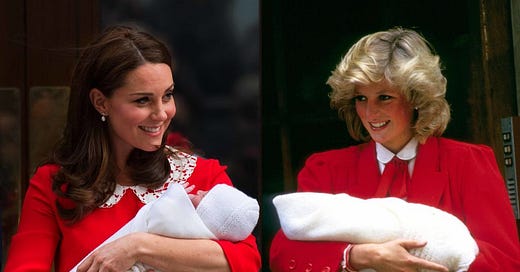


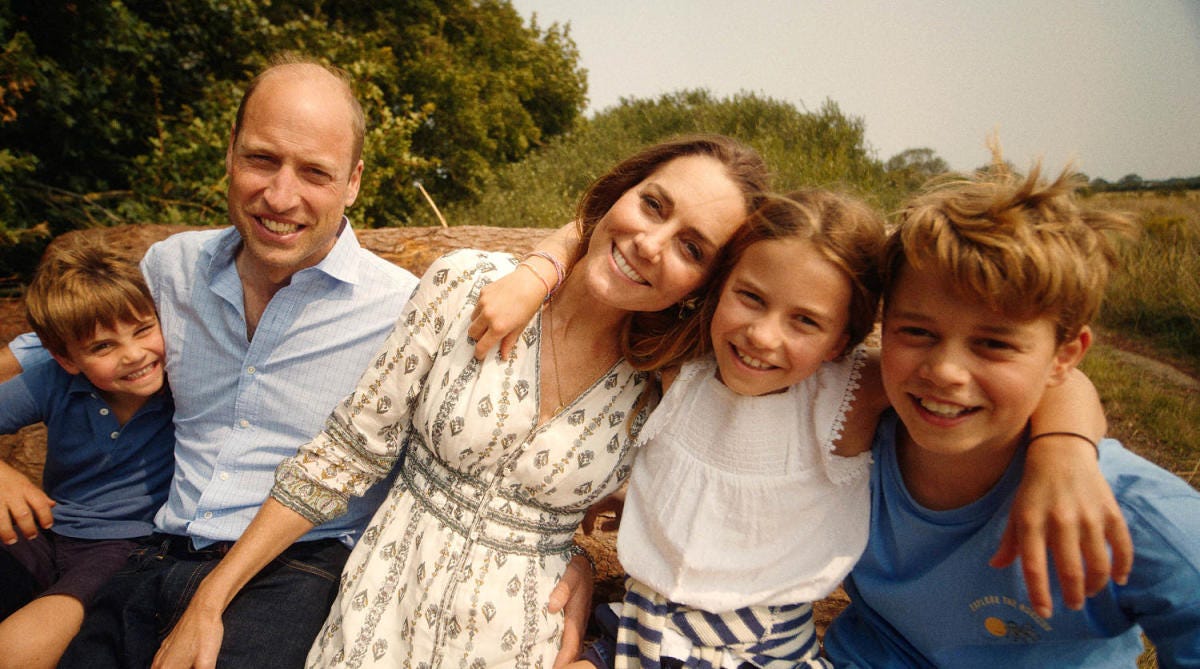
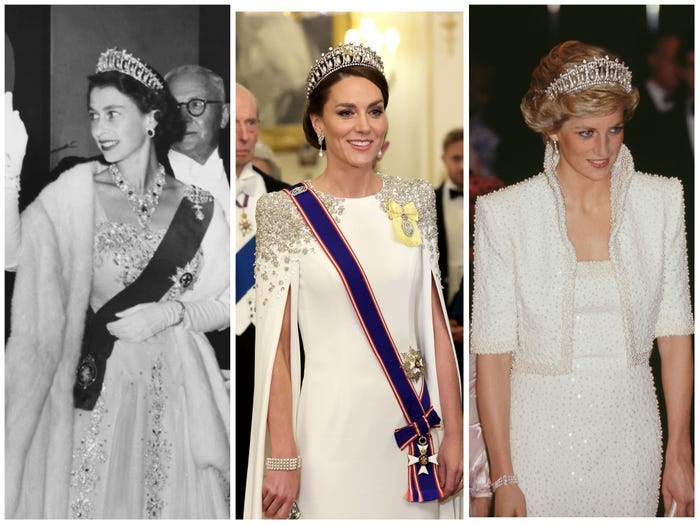

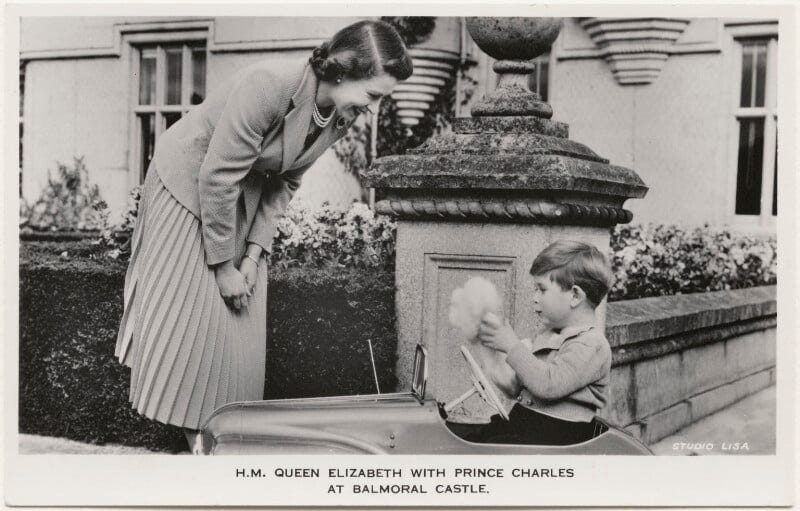
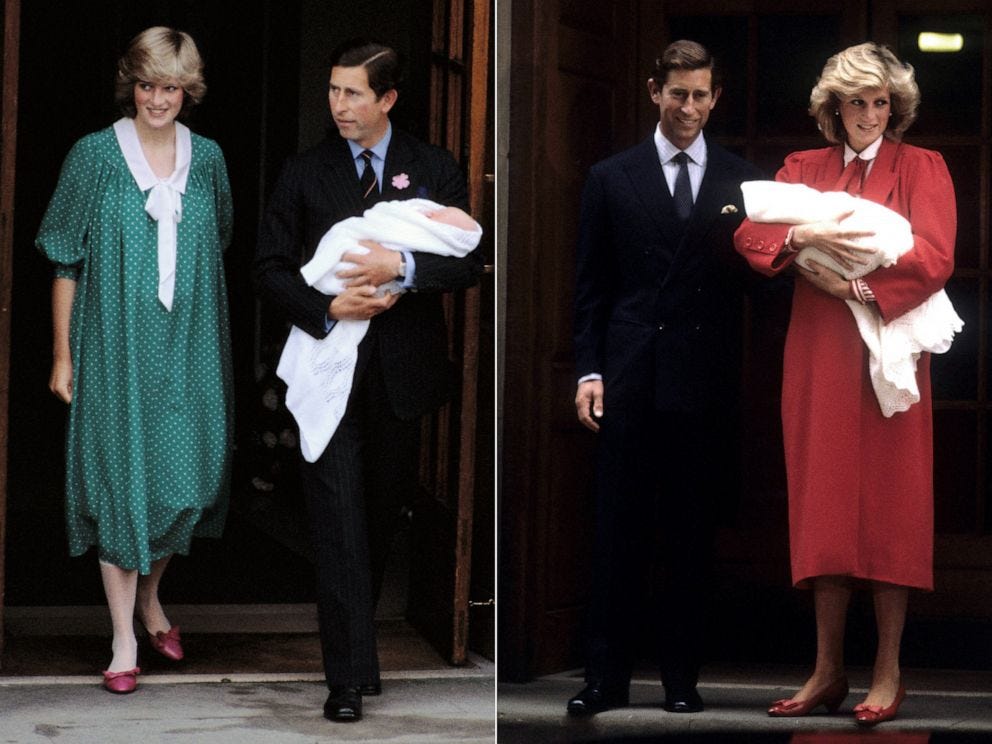
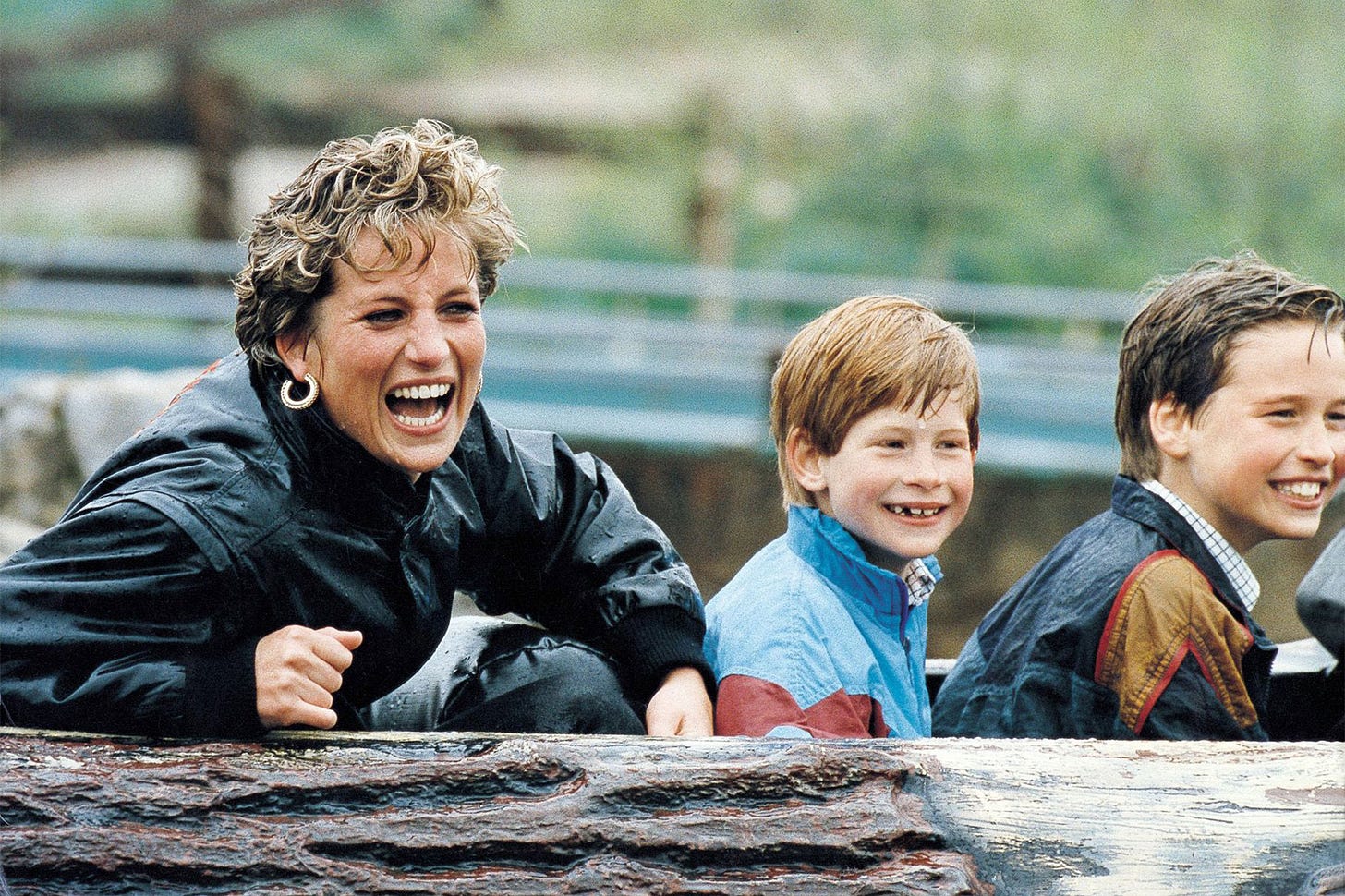
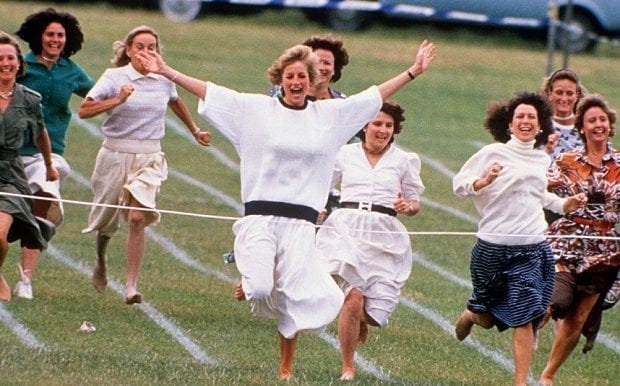



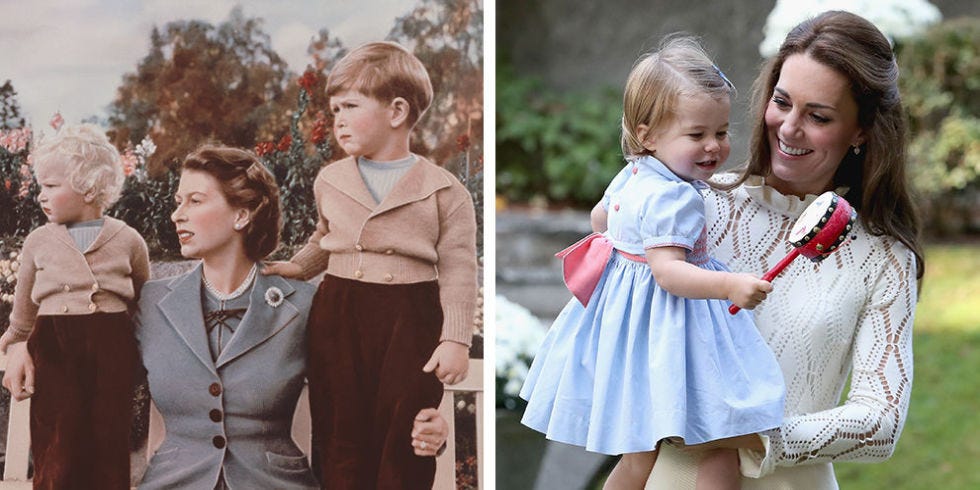
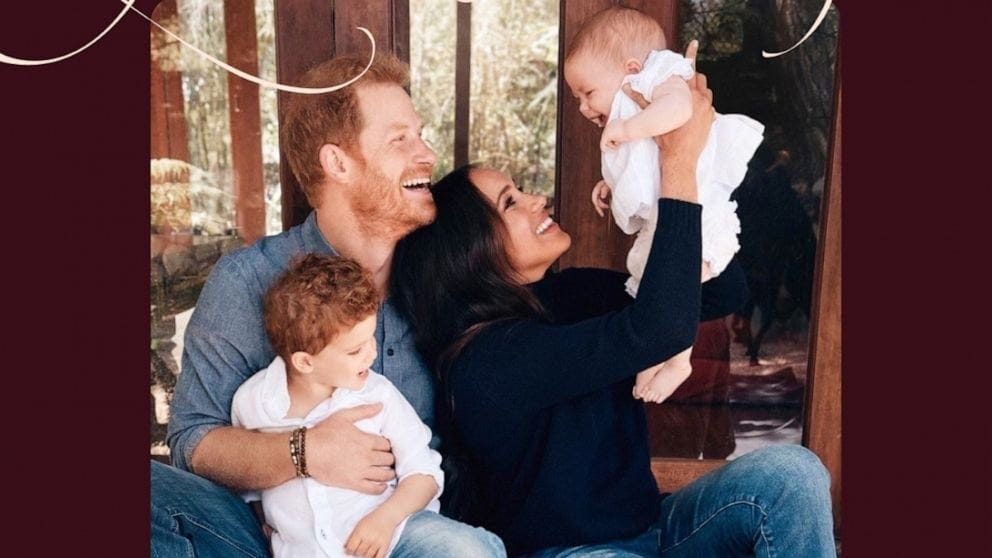
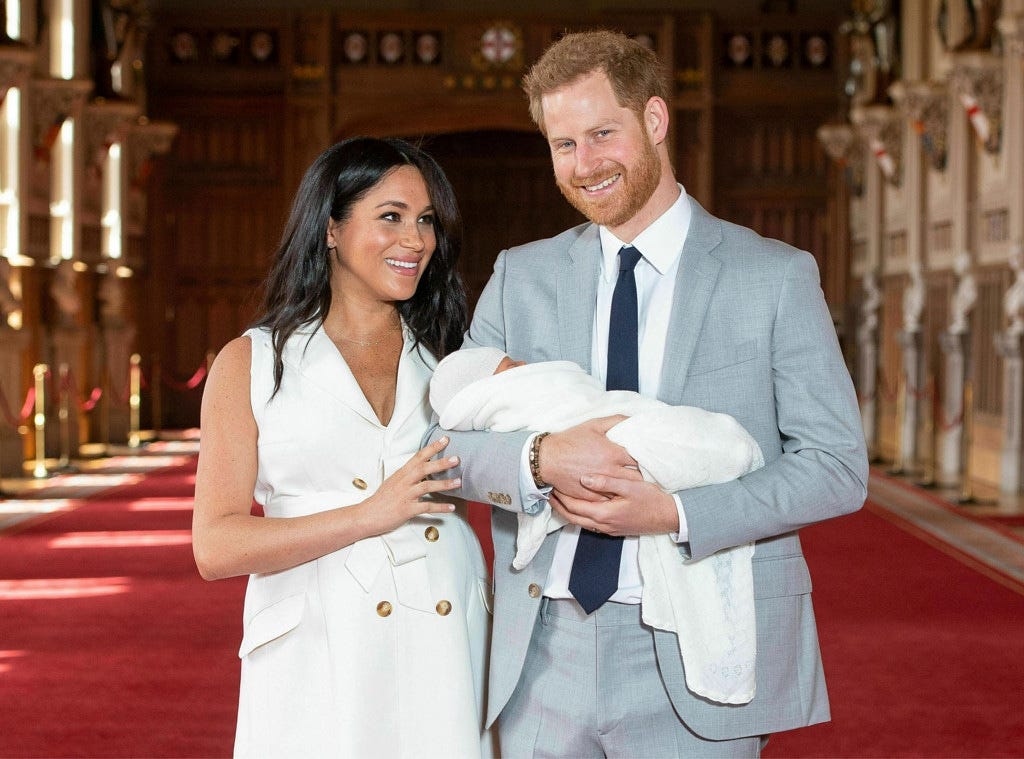
Hi Amanda! Great article. Question: Do you not consider Queen Victoria a working royal? Wouldn't she have been the first working mother monarch?
Happy to be here. Great write up!